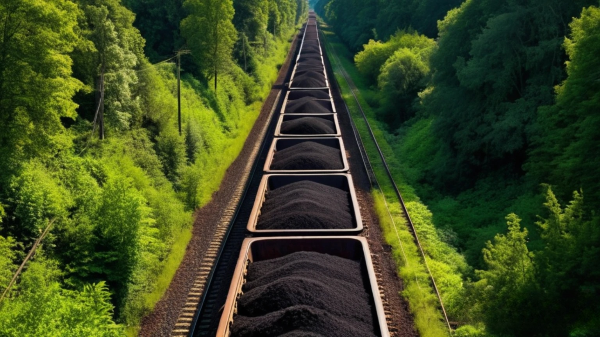On Monday, Russian Railways announced a historic milestone: two trains loaded with Kuzbass coal left for India via the eastern branch of the International North-South Transport Corridor (INSTC).
"For the first time, two trains carrying Kuzbass coal left for India via the International North-South Transport Corridor. The trains departed from the Kemerovo region. They followed the eastern branch of the ITC through Kazakhstan and Turkmenistan to the port of Bandar Abbas in Iran," Russian Railways said.
The coal was loaded onto rail wagons at the Turkmenistan-Iran border, whose gauge is 1,435 millimeters, unlike the usual Russian gauge of 1,520 millimeters. The final leg of the journey from Iran's Bandar Abbas port to Mumbai will transport solid fuel by sea.
The INSTC stretches 7,200 kilometers (4,500 miles) from St. Petersburg to the Indian port of Mumbai, and serves as an intermodal transport route.
Intercontinental bridge: INSTC potential is being developed
The corridor will provide an alternative to maritime routes, connecting Europe, the Persian Gulf, and the Indian Ocean. It has three routes: Transcaspian, Western, and Eastern (overland). Construction work is ongoing as some sections of the corridor still need to be built. There are several reasons why India is keenly interested in pursuing this project. Indian goods currently reach Russia and Central Asia via the long Suez Canal route, which typically takes 45-60 days. In contrast, the trans-Iranian route takes 25-30 days, significantly reducing the transit time. This holds the prospect of opening up large markets in India, Russia, Central Asia, etc., and boosting economic opportunities in Asia and Europe.
The energy-rich Eurasian region, known for its vast geographical extent and abundant resources, will play a key role in the evolving geopolitical dynamics of Eurasia. This path is expected to have a profound impact on the world stage, reflecting changing international balances of power.








